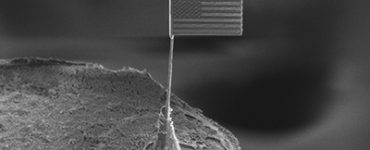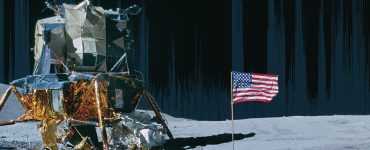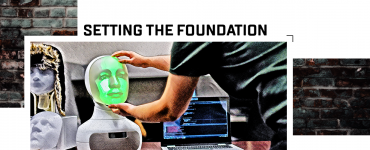Researchers Set Sights on Healing Injury to Human Eye
Principal Investigator: Dr. David Schmidtke, professor of bioengineering from the biosensors and bioelectronics research cluster
Co-Investigator: Dr. Victor Varner, assistant professor of bioengineering from the biomechanics research cluster
Outside Collaborators: physicians and researchers in the Department of Ophthalmology at UT Southwestern Medical Center
Master’s student Daniel Maruri first saw BSB while on a University tour.
“I wanted to be in that environment and could imagine myself working there,” he said.
After attending a meet and greet for students and professors, he was introduced to Dr. Victor Varner and joined his lab. Varner joined UT Dallas this past year after completing a postdoctoral fellowship at Princeton University. His lab studies the mechanical cues involved in complex tissue development with implications for tissue engineering and regenerative medicine.
“I like how the classes relate to what I’m performing in the lab,” Maruri said. “There is a lot of flexibility in the coursework and plenty of options here to find your niche.”
One of their collaborations is with the lab of Dr. David Schmidtke, whose members develop novel tools for basic cell biology studies, medical research and clinical applications such as cancer, diabetes and cardiovascular disease.
Their collaboration has implications for minimizing scarring and other damage to the human eye that sometimes occurs with laser eye surgery — specifically the response of keratocytes (the cells in the eye responsible for repair) of the stroma.
“The novelty of this idea is using a polyacrylamide gel,” Maruri said. “The gel can change stiffness in a way similar to how a cornea changes density as it is injured.”

“We’re testing how the cells of the stroma react to different proteins to determine which is most active and effective in the healing process.”
Schmidtke’s students handle the microfluidic portion of the experiment, with Maruri handling characterization of keratocyte response to different protein environments.
“I go to Schmidtke’s lab pretty much every day,” Maruri said. “I’m either borrowing equipment or collaborating with a couple of his students.”
Maruri also meets with members of Schmidtke’s lab, Varner’s lab and collaborators at UT Southwestern Medical Center twice a week, and gives weekly presentations about experiment results.
“They know the corneal keratocytes better than we do,” he said. “They are able to give us advice about what we expect to see, what we are not seeing and how we can improve our experiment.”
Maruri said all the feedback is a motivator to continue learning.
“I am able to talk to them articulately and am learning a bunch from the hands-on experimentation,” he said. “But I think exposure to the professional environment is paramount. Working with people who are smarter than me teaches me a lot, but I know there is still a lot more to learn.”
Explore “Collaborations” to discover some other specific research breakthroughs occurring inside BSB.





